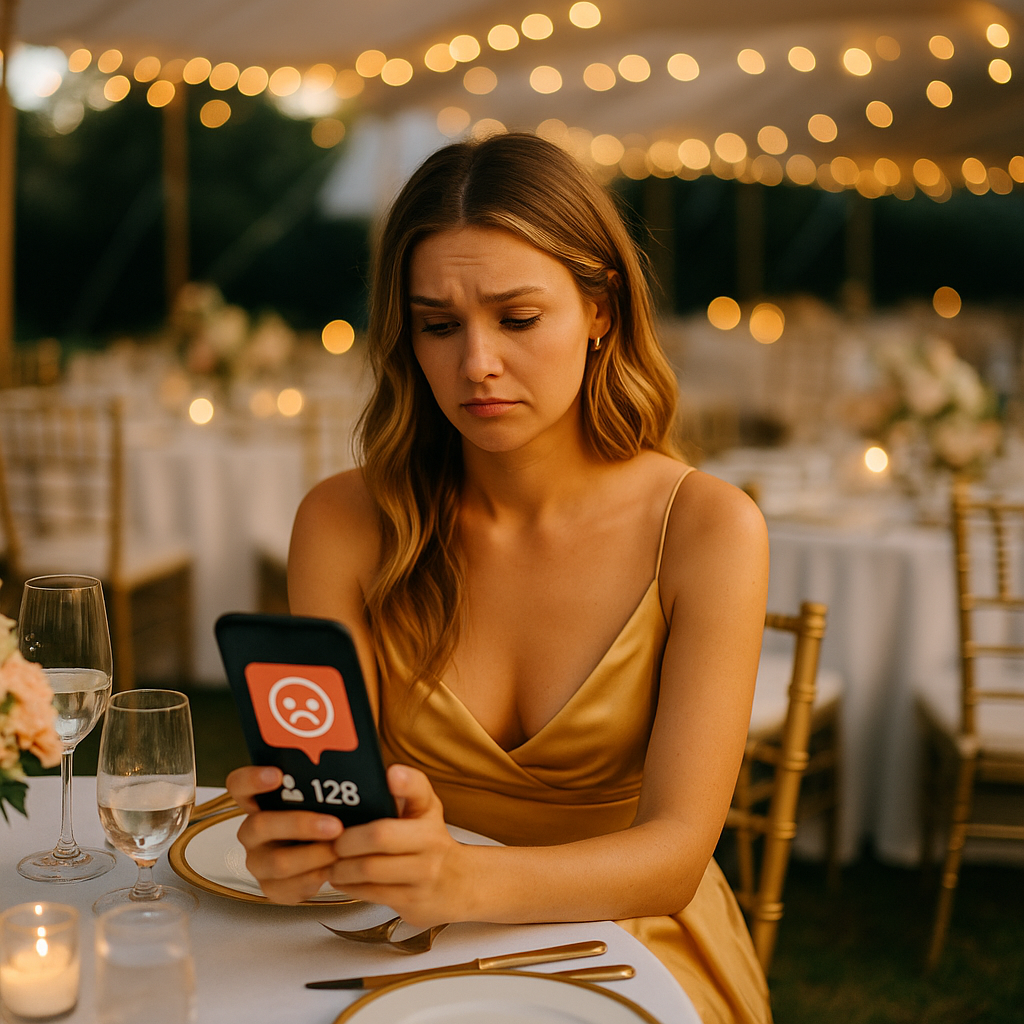In 2025, marketers witnessed a surprising phenomenon: a lavish influencer event generated hype offline but resulted in virtually zero social media impact. This post-mortem analysis dives deeper into why a high-budget influencer event can fail to resonate online, providing valuable insights for your next campaign. Ready to uncover the costly mistakes—and their solutions?
Understanding Influencer Marketing Failures
Influencer marketing has matured rapidly, and brands now invest significant resources in experiences meant to create viral online buzz. Yet even well-funded events can flop on social platforms if the strategy misses the mark. According to Influencer Marketing Hub, 61% of marketers in 2025 say ROI has become more scrutinized than ever, prompting brands to analyze every campaign’s effectiveness.
Zero social media impact from a high-budget event signals misalignment between objectives, influencer selection, and platform dynamics. Marketers often underestimate that influencers need both the right motivation and a seamless narrative to share, or risk radio silence online despite in-person excitement. So, how do such high-profile gatherings go unnoticed?
Event Strategy Flaws: The Anatomy of a Missed Opportunity
Not every opulent launch or glamorous retreat translates into powerful digital engagement. Decoding the anatomy of a missed opportunity involves dissecting the event’s invitation design, content plan, and tactical execution. Brands sometimes focus on aesthetics over substance, missing core questions such as:
- Was there a unique shareable experience? Influencers share content that feels authentic and exclusive, connecting with their audience.
- Were social sharing tools easily accessible? Tech hiccups or poor Wi-Fi can quickly kill momentum.
- Did brand messaging overshadow personal storytelling? Overly scripted content stifles influencer creativity, reducing authenticity.
Ignoring these fundamentals results in beautifully staged events that become social media ghosts, remembered only by those who attended.
Influencer Engagement: From Invitation to Participation
Effective influencer engagement is critical to online campaign success. In 2025, leading brands recognize that simply inviting high-follower personalities no longer guarantees digital traction. According to Socialbakers’ latest report, “audience trust and creative freedom now matter more than follower count.”
When influencers feel like hired megaphones instead of valued partners, they participate half-heartedly—or not at all. Vital engagement drivers include:
- Clear, mutually beneficial goals: Influencers should see how their presence aligns with their brand and audience interests.
- Pre-event collaboration: Involving influencers in the planning process boosts investment and authenticity.
- Real-time support: Dedicated brand reps should be onsite to facilitate creative ideas and troubleshoot issues instantly.
Failing to meet these standards leads to disengagement, resulting in minimal social activity even after substantial investment.
Content Planning: Aligning Brand and Influencer Narratives
One of the most frequent causes of zero social media impact is weak content planning. Today’s social platforms reward originality, relatability, and timely posting. Brands often deliver generic hashtags or pre-made talking points, restricting influencers’ ability to craft content that resonates with their unique communities.
Successful campaigns empower creators to:
- Capture behind-the-scenes moments: Audiences crave spontaneity over staged perfection.
- Share authentic opinions: Review-based content outperforms mere endorsements, with Edelman’s 2025 Trust Barometer showing peer reviews as the top driver of digital trust.
- Publish promptly: Real-time sharing builds momentum and invites broader conversation.
Neglecting to co-develop content strategies—or failing to provide share-worthy moments—results in lackluster online engagement, regardless of event scale.
Measuring Social Media Impact: What Metrics Really Matter?
Zero social media impact is more than just low post counts; it reflects a failure to ignite meaningful digital conversation. In 2025, the metrics that truly matter go beyond vanity likes to encompass:
- Engagement quality: Are followers saving, sharing, or commenting thoughtfully?
- Audience growth: Did the brand or influencers see a measurable uptick in meaningful followers?
- Conversation depth: Was there UGC (user-generated content) or authentic community response?
Social auditing tools such as Brandwatch and Sprout Social help brands dissect event outcomes with advanced sentiment analysis, ensuring learnings feed forward. By focusing on these core metrics, organizations can pivot their influencer strategies to foster genuine impact, not just fleeting impressions.
Lessons Learned: Building Better Influencer Events
The high-budget influencer event with zero social media impact provides actionable lessons for future initiatives. Reviewing the campaign’s missteps compels marketers to:
- Prioritize authentic experiences: Make the event memorable for influencers—and, by extension, their audiences.
- Collaborate with creators early: Invite influencer input to ensure alignment with their content styles and follower preferences.
- Facilitate real-time content: Optimize on-site tech, create shareable moments, and offer instant support for posting.
- Measure what matters: Look for genuine engagement, not just raw numbers or reach.
By applying these best practices rooted in EEAT—Experience, Expertise, Authoritativeness, Trustworthiness—brands can avoid costly flops and create digitally impactful events that build lasting value, not just fleeting buzz.
FAQs: High-Budget Influencer Events & Social Media Impact
-
Why do high-budget influencer events sometimes fail online?
Spending doesn’t guarantee digital traction. Failure often stems from misaligned goals, lack of authentic experiences, poor content planning, or inadequate influencer engagement.
-
How can brands ensure influencer events have online impact?
Brands should co-create with influencers, enable real-time sharing, ensure seamless tech support, and prioritize authentic, sharable moments tailored to each influencer’s audience.
-
What metrics indicate true social media impact for events?
Key indicators include engagement quality (comments, saves, shares), meaningful follower growth, and genuine community conversations—not just likes or impressions.
-
Should influencers have creative control over event content?
Yes. Allowing creative freedom results in content that’s authentic and resonates better with each influencer’s distinct audience, driving higher engagement.
-
What are common mistakes in influencer event planning?
Common errors include over-orchestrating the event, failing to involve influencers in planning, technical issues that inhibit sharing, and prioritizing appearance over substance.
High-budget influencer events can fail spectacularly on social media if they lack authenticity, collaboration, and proper measurement. By learning from these pitfalls and building EEAT-based strategies, marketers can transform expensive flops into genuine digital triumphs—elevating both brand value and online engagement in 2025’s competitive landscape.
